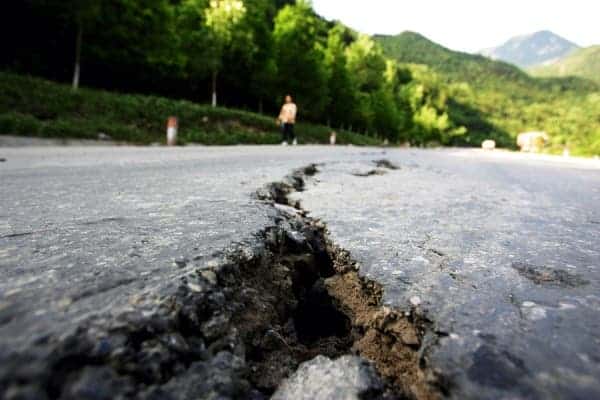Rock permeability in the geologic fault that unleashed China’s 2008 quake shows that fractures mend quicker than was thought.
A devastating earthquake

The 2008 Sichuan earthquake struck at 02:28:01 PM China Standard Time, with a magnitude of 8. It came as quite a surprise, as the area is not particularly active from a seismic point of view; it made 70.000 victims, and left over 5 million people homeless.
It was dramatic, it was brutal, but it is a good opportunity to learn more about these disastrous, yet natural events which take place regularly on our planet. In the years after the temblor, geologists and geophysicists studied the rate at which groundwater seeped into a borehole at the fault as a measure of its healing process.
Water and temblor
What happens is that as an earthquake ruptures a fault, the rocks’ permeability is significantly increased, but as the rock heals, the permeability starts decreasing as well. So if you track this permeability, you can figure out how fast the rock heals.
The team found that the rate of water flowing into the hole slowed rapidly during an 18-month observation period which started, indicating that the small fractures and fissures have been shrinking, up to the point where they have almost vanished. If this is the case, then the healing happened much faster than what was expected.
“I’m really excited about these kinds of results because they give us clear observations about what is happening at depth in fault zones,” says Jean Elkhoury, a geoscientist at the University of California, Irvine, who was not involved in the work.
This can only mean that what is happening in this process is more complicated than what geoscientists understand so far, and more factors have to be taken into consideration.
“This is a more complex interplay between damage and healing than maybe we had anticipated,” says Emily Brodsky, an earthquake physicist at the University of California, Santa Cruz, and a member of the research team.
Drilling deep
In order to conduct this study, researchers drilled four holes into the fault responsible, planning to study temperature changes. But in a moment of inspiration, or perhaps a bit of luck, they also added pressure sensors. These pressure sensors are able to monitor water flow.
The latest study is part of a wider push to drill into earthquake zones soon after they rupture. In 2012, ocean drillers penetrated the sea floor off Japan to lower temperature sensors into the fault that unleashed the 2011 killer Tohoku quake.
Via Nature.






